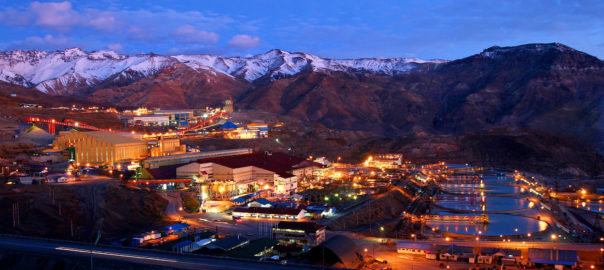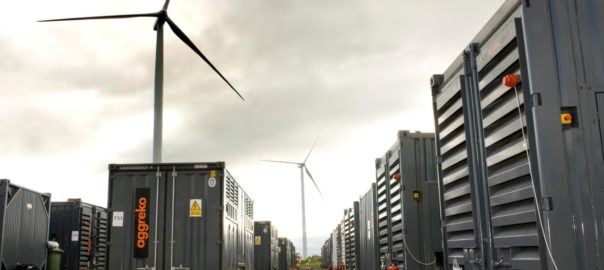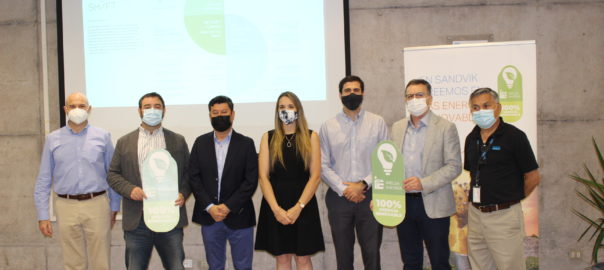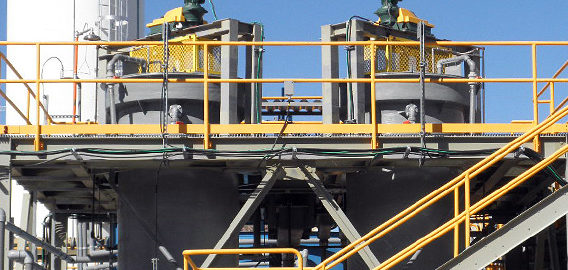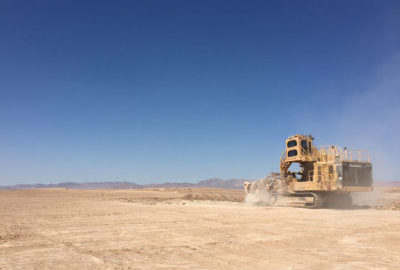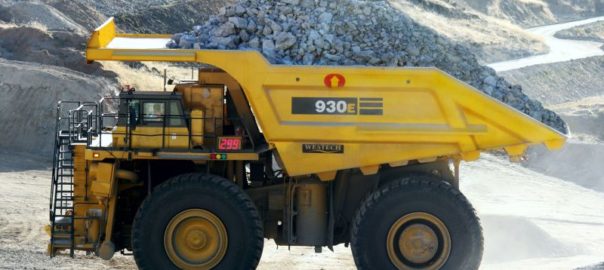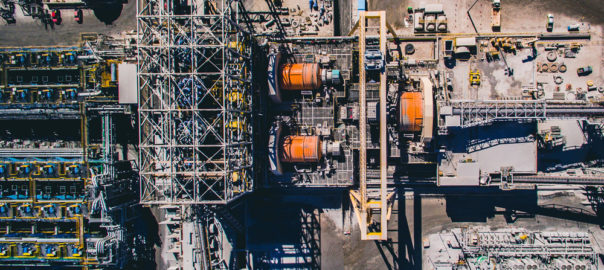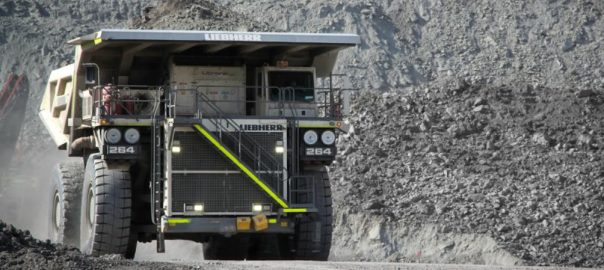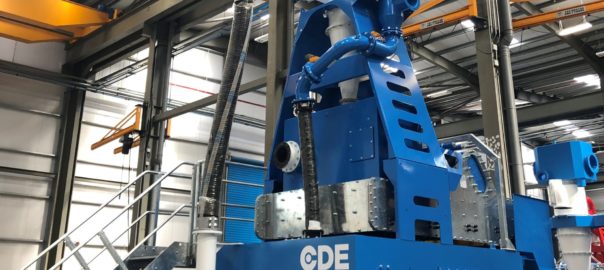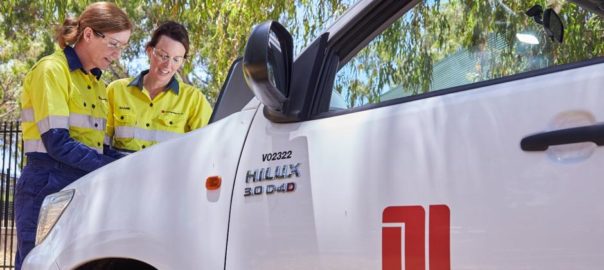As part of Codelco’s drive to reduce its carbon footprint and boost sustainability, the company has looked to upgrade and modernise its energy automation system at El Teniente in Chile, with the objective to ensure the operational continuity of the mine as it continues to go deeper.
To achieve this, Codelco has to install a new supervisory control and data acquisition (SCADA) system to manage the power grid within the mine. Taking this further, the company sought to expand the functionality of the system by deploying the solution centrally in its new data centre in the city of Rancagua, 70 km from the mine. The goal was to link the company’s divisions, starting with El Teniente, with the data centre to centrally manage the power grids of the twin projects related to the Northern Andes.
Codelco chose Hitachi Energy’s advanced MicroSCADA X solution to control and manage the power grid comprising 27 electrical substations in El Teniente; seven of them located on the surface and 20 inside the mine. With MicroSCADA X, Codelco will have better access to virtualised information and enable a more secure system for storing strategic data, according to Hitachi Energy.
MicroSCADA X is a user-centric energy automation solution, providing a modern and intuitive experience, the company says. As part of the solution, Hitachi Energy will provide engineering, remote terminal units, cabinet supplies, upgrade of the existing electrical SCADA system and operation, in addition to a five-year contract to maintain the systems at El Teniente.
IM put some questions to Marcio Ferraz, Hub Manager, Grid Automation Latin America, Hitachi Energy, to find out more about the project.
IM: Are you seeing more mining companies looking to centralise their SCADA systems into remote operations centres like Codelco? What special considerations need to be factored into such installations?
MF: Yes, it is possible to see a trend in having centralised operations centres for mining companies in the same model as installed in Codelco El Teniente. Within this kind of solution setup, it is possible to operate the full mining electrical system remotely or even from cities far from the mine location. Also, with MicroSCADA X, Codelco will have the possibility to deploy web-based solutions, making it possible to control the electrical system from a tablet or even from a mobile phone. All of this is aligned with the digitalisation efforts in the mining sector across Latin America.
IM: Is Codelco El Teniente’s setup – 27 electrical substations, with 20 within the mine and seven on the surface – unusual in terms of the MicroSCADA X work you have done in mining? Are you seeing mining installations become more complex of late?
MF: The robustness of Codelco’s El Teniente solution, both in terms of networking and MicroSCADA X configuration, brings a lot more reliability and flexibility to El Teniente’s operations. These are reflected by fully redundant networking and distributed MicroSCADA X servers based on IEC 61850, making use of physical and virtualised servers. As an example of this flexibility, it is possible to see the full electrical network in every station of the mine. The Hitachi Energy solution is also fully compliant with cybersecurity concepts and requirements. On this basis, the solution we have provided Codelco meets several requirements which are critical for 365/24/7 operations under harsh conditions.
IM: What allowances are you making for the El Teniente setup in terms of incorporating renewable energy solutions into the mix? Can MicroSCADA X seamlessly integrate these solutions?
MF: The delivered solution is able to incorporate expansions for renewable energy at every point of the connection. This scalability of the MicroSCADA X solution makes it fully compliant with all future requirements and demands to incorporate renewable energy solutions. This takes into account that the mining sector has a key objective to continue its contribution toward sustainable operations and continuing to be strong sponsors to investments in renewable energy sources.
IM: How ‘autonomous’ is the MicroSCADA X system at El Teniente? In addition to fault finding, does it also automatically adjust operations in response to these faults, or does it simply notify operators for manual intervention? Is this the most autonomous MicroSCADA X system you will have in place within mining upon start-up in 2024?
MF: The MicroSCADA X solution for El Teniente has all the alarms and notifications to allow operators to quickly solve faults in the mining electrical system. Additionally, the MicroSCADA X solution makes it possible to expand to an autonomous operation, using complex algorithms, when required by Codelco. In this respect, we can say that besides having a robust solution like MicroSCADA X, Codelco has a scalable system with all the possibilities to evolve according to operational needs in the future.







